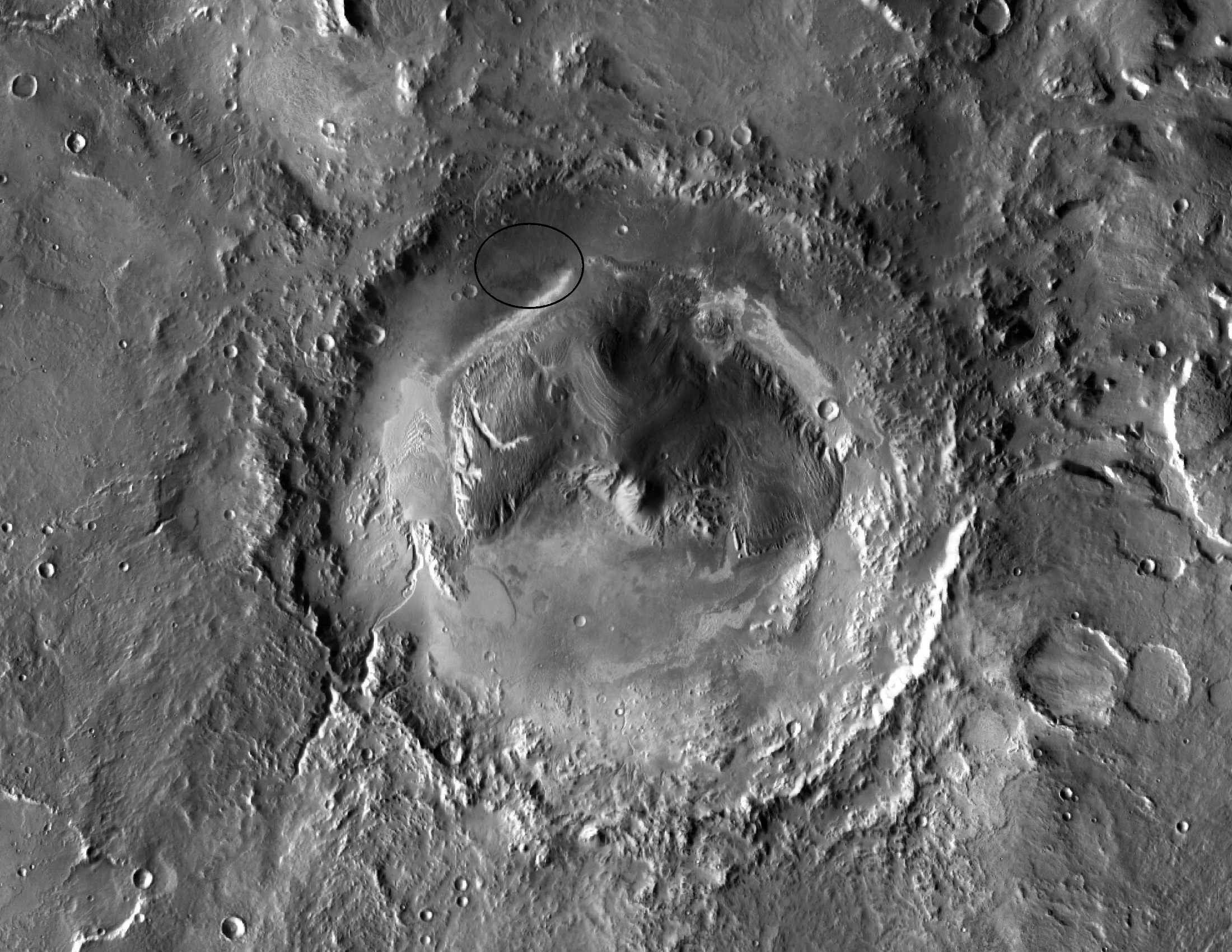 From Tia Ghose at LiveScience:
From Tia Ghose at LiveScience:
Evidence suggests that the Martian atmosphere was declining as early as 4.1 billion years ago, and any surface water likely dried up long ago. With a thin atmosphere, bombardment by deadly cosmic radiation and likely no modern flowing water, any life that emerged on Mars likely did so very early on in the planet’s history, during a time known as the Noachian period (from 4.1 billion to 3.7 billion years ago), Cabrol said. If that life is still hanging on, it likely went deep underground, where it is protected from Mars’ current harsh environment, she said.
…
Another way to determine what to look for is to find the most Martian-like places on Earth. The hyper-arid, high-altitude Atacama Desert, which, gets just 0.6 inches (15 millimeters) of rainfall a year but used to be much wetter, is exposed to punishing ultraviolet radiation and has active geothermal features such as hot springs.
“If you want to find the microbe, you have to become the microbe. Very early on, you need to shelter — you need to adapt and you need to survive,” Cabrol said. Microbes would also have to “organize around oases and organize a lot faster.” More.
Well, if we know what we are looking for, we have a much better chance of finding it.
“Become the microbe”? Implicit in the discussion is a key difference between life and non-life: Life forms seek to live. They don’t just sit there as complex, organized structures; they seek to preserve that state. Is that a hallmark of life, should we find an unknown type somewhere?

As NASA’s Mars rover Curiosity makes its way up the central peak of Gale Crater, it has been gathering evidence from ancient lake beds and long ago groundwater environments that are promising for life.
Scientists in charge of the mission gave an update of their findings Dec. 13 at the American Geophysical Union’s annual fall meeting in San Francisco, saying the landing site at Gale Crater had exceeded their expectations. They said they have “hit a jackpot” of exposed mineral layers as the rover moves up Mount Sharp, offering a glimpse into the geologic history of the site and how global environmental conditions might have changed on Mars over the course of millions of years. (Space.com)
See also: Researchers: Life could only exist on Mars far beneath surface
Was life found on Mars 40 years ago?
and
What can we hope to learn about animal minds?
Follow UD News at Twitter!